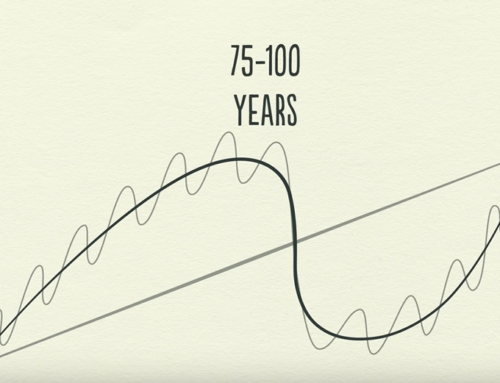by Denise Sober – Merchandising Consultant
June 4, 2020
Now more than ever it is imperative that owners and managers know how to make fiscally sound decisions. Should you buy that killer black opal for $12,000, should you run the proposed $5,000 advertising campaign, or should you invest $35,000 on inventory are daily business decisions. Answers to these questions should be driven by your return on the investment and not if you have the budget for it.
It is equally important to the amount in sales you must hit before you can become profitable. With reduced margins, cost increases, and the ever-changing economic environment, we can no longer afford to make decisions without considering how it will affect our profitability which leads to our sustainability.
While this may all seem overwhelming, it is only a matter of understanding your contribution margin percent. Understanding this one number, monitoring it, and using it to make decisions will help you make smarter business decisions.
Determine Contribution Margin %
The contribution Margin % (CM%) shows you how much revenue is left after paying variable costs to use on fixed expenses (overhead), new inventory, additional assets, pay down debt, or to keep as cash in the business. Most bookkeepers can help you determine your contribution number. Once you know it, its easy to use!
Step 1: Separate each line item on your Income Statement (P&L) into three categories: Sales, Variable Costs and Fixed Costs.
Variable costs are expenses that increase or decrease as sales fluctuate. The best example of a variable cost is commissions. If you have sales, you have commission costs. However, if there are no sales, there is no cost for commissions. Examples of Variable Costs include:
- Cost of Goods Sold
- Sales Commissions and Bonuses
- Bankcard Discount, Merchant Fees and Bank Charges
- In and outbound shipping
Fixed Costs are expenses that do not automatically adjust as sales fluctuate. An example of a fixed cost is salaries. If a person is on salary, regardless of sales, they are paid a specific amount. Typical examples of Fixed Costs include:
- Salaries / Wages
- Advertising
- Supplies
- Overhead
- Professional Services
- Travel
Step 2: Calculate the Contribution Margin % using the formula:
CM% = 1 – (Variable Costs / Sales)
Example: ABC Jewelers has:
Sales = $1,030,000
Variable Costs = $585,000
Fixed Costs = $460,000
Their contribution margin is = 1 – ($585,000 / $1,030,000) = .43 or 43%.
ABC company will have 43% of every dollar they make available to pay for their fixed costs as well as invest in new inventory, equipment, pay down debt, or keep in the business!
Determine Break Even
Break Even refers to the amount of sales you need to have $0 in profit.
Break Even = Fixed Costs / CM%
ABC Jewelers Break Even is:
Sales = $1,030,000
Variable Costs = $585,000
Fixed Costs = $460,000
Contribution Margin of 43%.
Break Even = $460,000 / 43% = $1,069,000
ABC Sales were $1,030,000 but their break even is $1,069,000. They are in the red, meaning they will show negative net income on their financial statements.
When you are trending to be less than your break even point, you should start adjusting expenses.
Utilize the Contribution Margin to Make Decisions
You should use the contribution margin % (CM%) to determine the total dollar amount you will need in sales to cover your financial purchases. This will help you to decide if you will be able to recoup your investment timely.
The formula is Cost of Purchase / CM%
Example 1: You fall in love with a black opal and it is $12,000. How much would it need to sell for to recoup your investment assuming you have a 43% contribution margin.
= 12,000 / 43% = $27,906.
Pricing this opal using a 2.3 markup would be $28,000. If you want to make a profit, you will need to mark this at above a 2.3 markup. Can you resell it for more than $28,000? Now you are making fiscally smart decisions.
Example 2: How much in sales do you need to cover a $5,000 Advertising Campaign?
= 5,000 / 43% = $11,627. The campaign would need to drive more than $11,600 in sales to be worth the investment.
Example 3: You found a new vendor and love their product. Should you invest the $35,000 in the opening order?
= $35,000 / 43% = $81,000
You will not recoup your investment and begin to make a profit until you have hit $81,000 in sales.
Summary:
- Making smart decisions for your business is as easy as knowing your contribution margin and utilizing the following formula: Cost of purchase or Investment / Contribution Margin %.
- Utilizing the CM% will help you to determine if the decisions you make will be profitable and lead to adding cash to your bottom line.
- You should also use contribution margin % to know and monitor your break even point.
- The break even is the point when you are at $0 in profit. Until you hit this point, you have negative profit.






